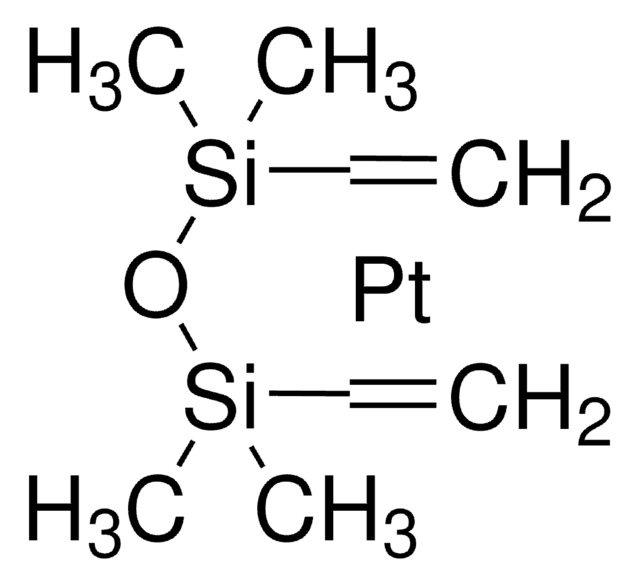Kluczowe dokumenty
30-3304
Toluene
JIS 1000, for residue analysis, ≥99.8%
About This Item
26 mmHg ( 25 °C)
Polecane produkty
klasa czystości
for residue analysis
agency
JIS 1000
gęstość pary
3.2 (vs air)
ciśnienie pary
22 mmHg ( 20 °C)
26 mmHg ( 25 °C)
Próba
≥99.8%
Formularz
liquid
temp. samozapłonu
997 °F
granice wybuchowości
7 %
dostępność
available only in Japan
współczynnik refrakcji
n/D 1.496 (lit.)
bp
110-111 °C (lit.)
mp
-93 °C (lit.)
gęstość
0.865 g/mL at 25 °C (lit.)
ciąg SMILES
Cc1ccccc1
InChI
1S/C7H8/c1-7-5-3-2-4-6-7/h2-6H,1H3
Klucz InChI
YXFVVABEGXRONW-UHFFFAOYSA-N
Szukasz podobnych produktów? Odwiedź Przewodnik dotyczący porównywania produktów
Powiązane kategorie
Hasło ostrzegawcze
Danger
Zwroty wskazujące rodzaj zagrożenia
Zwroty wskazujące środki ostrożności
Klasyfikacja zagrożeń
Aquatic Chronic 3 - Asp. Tox. 1 - Flam. Liq. 2 - Repr. 2 - Skin Irrit. 2 - STOT RE 2 Inhalation - STOT SE 3
Organy docelowe
Central nervous system
Kod klasy składowania
3 - Flammable liquids
Klasa zagrożenia wodnego (WGK)
WGK 3
Temperatura zapłonu (°F)
39.2 °F
Temperatura zapłonu (°C)
4 °C
Wybierz jedną z najnowszych wersji:
Masz już ten produkt?
Dokumenty związane z niedawno zakupionymi produktami zostały zamieszczone w Bibliotece dokumentów.
Nasz zespół naukowców ma doświadczenie we wszystkich obszarach badań, w tym w naukach przyrodniczych, materiałoznawstwie, syntezie chemicznej, chromatografii, analityce i wielu innych dziedzinach.
Skontaktuj się z zespołem ds. pomocy technicznej







